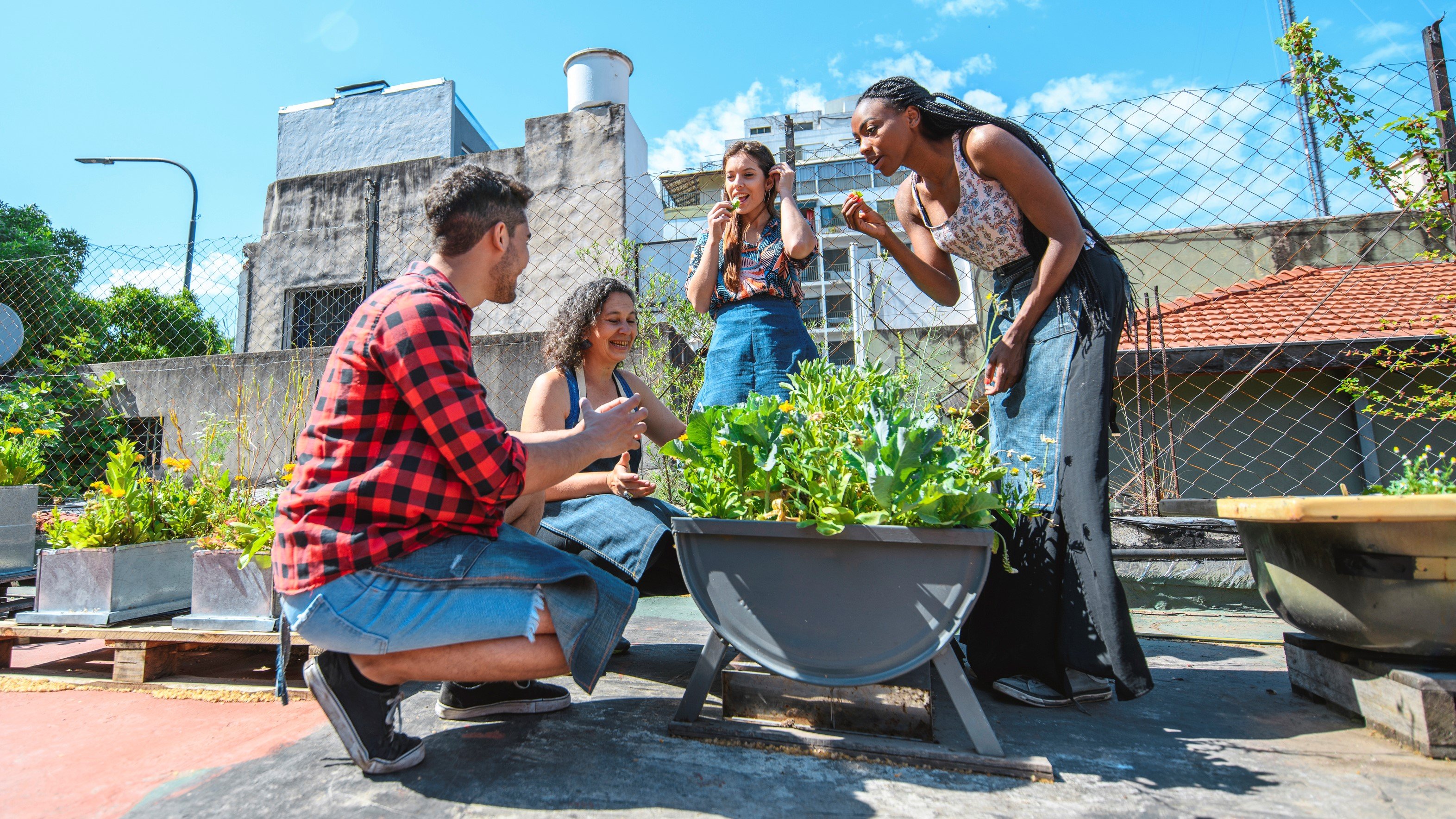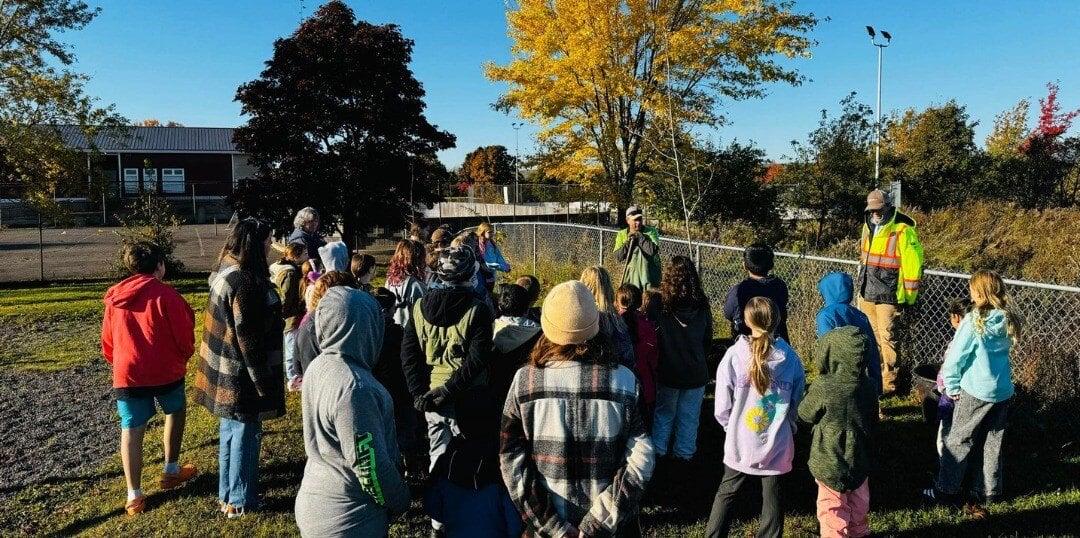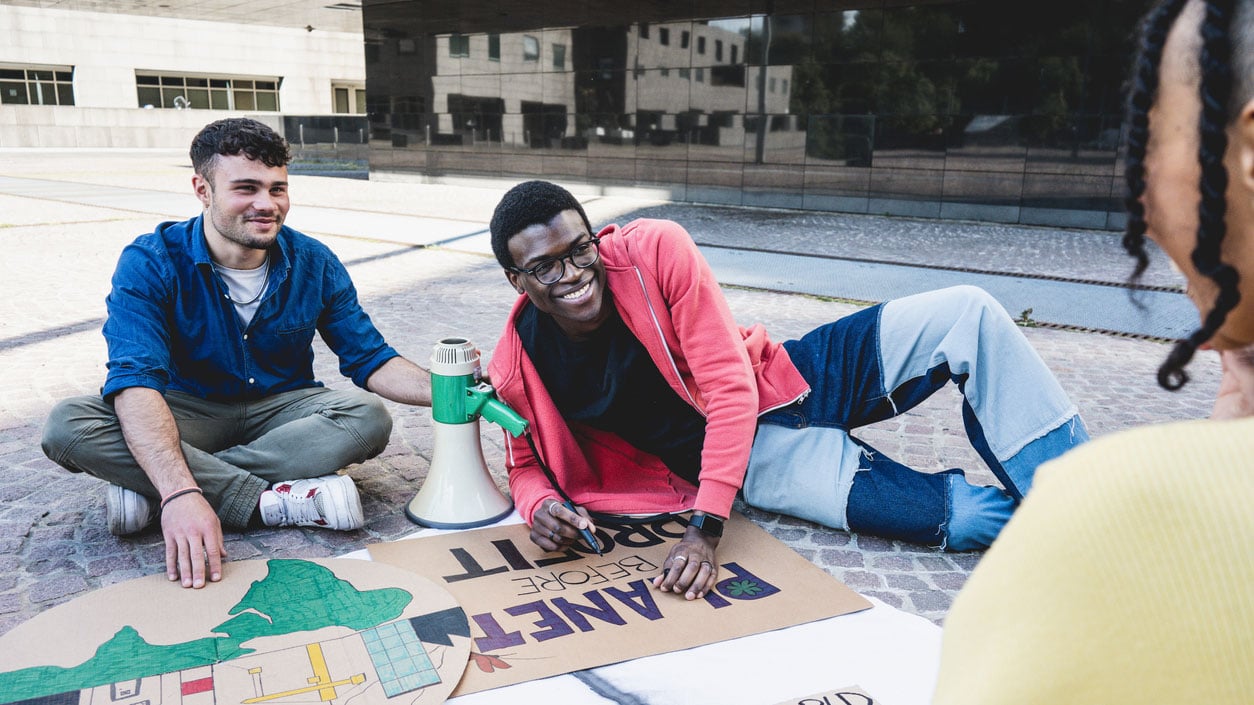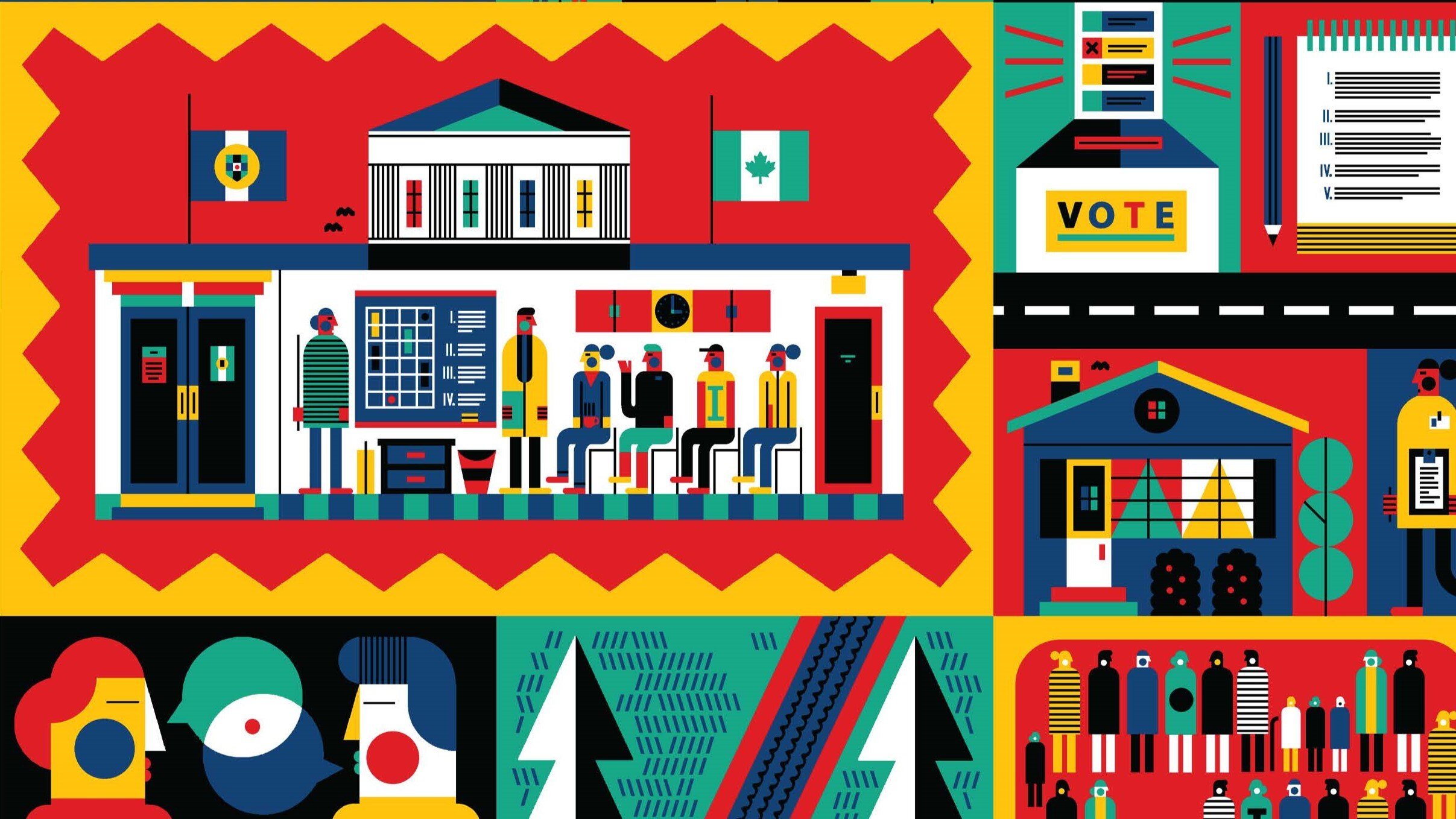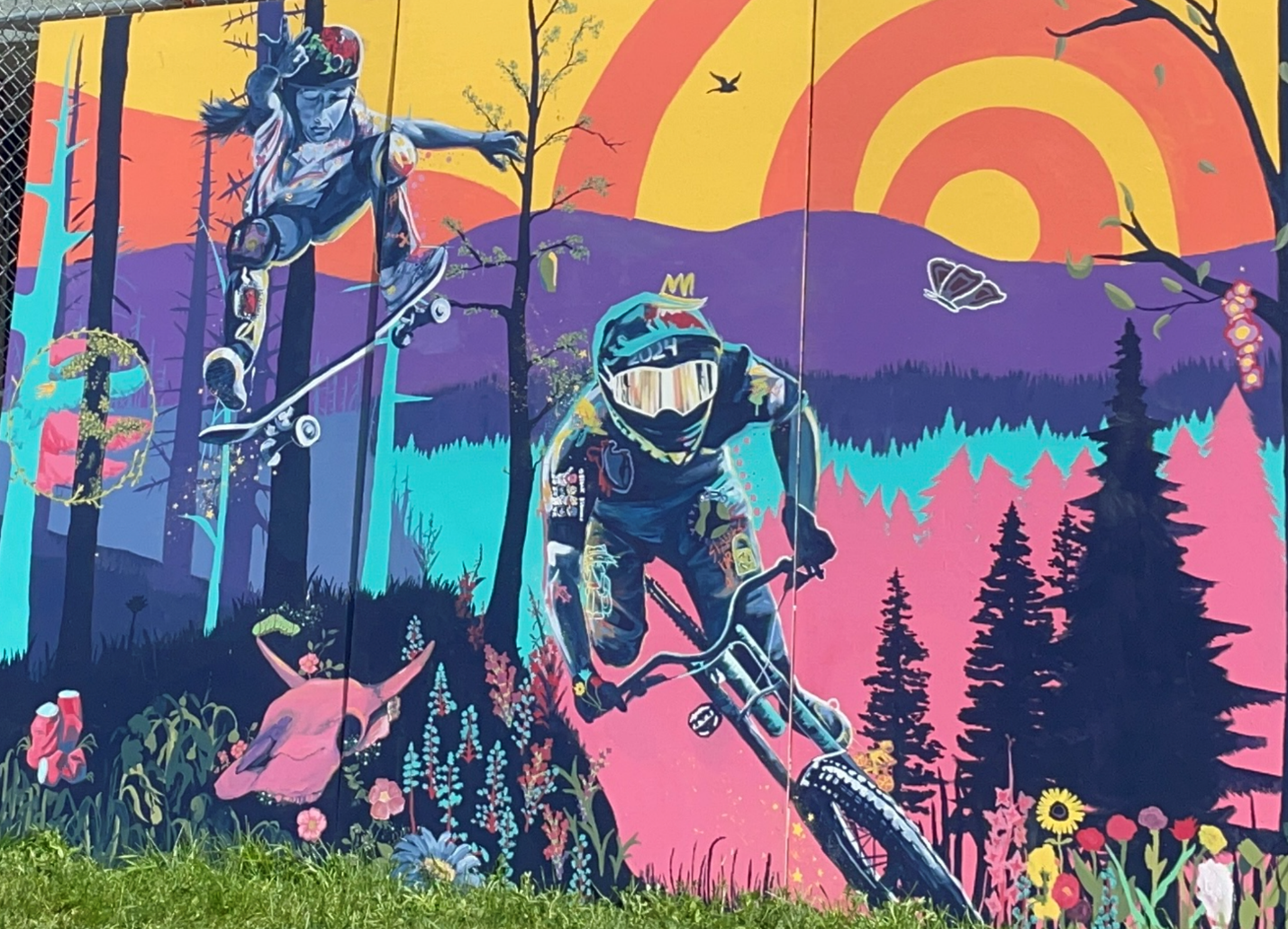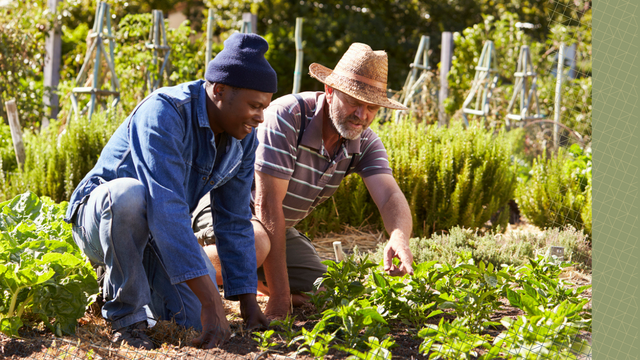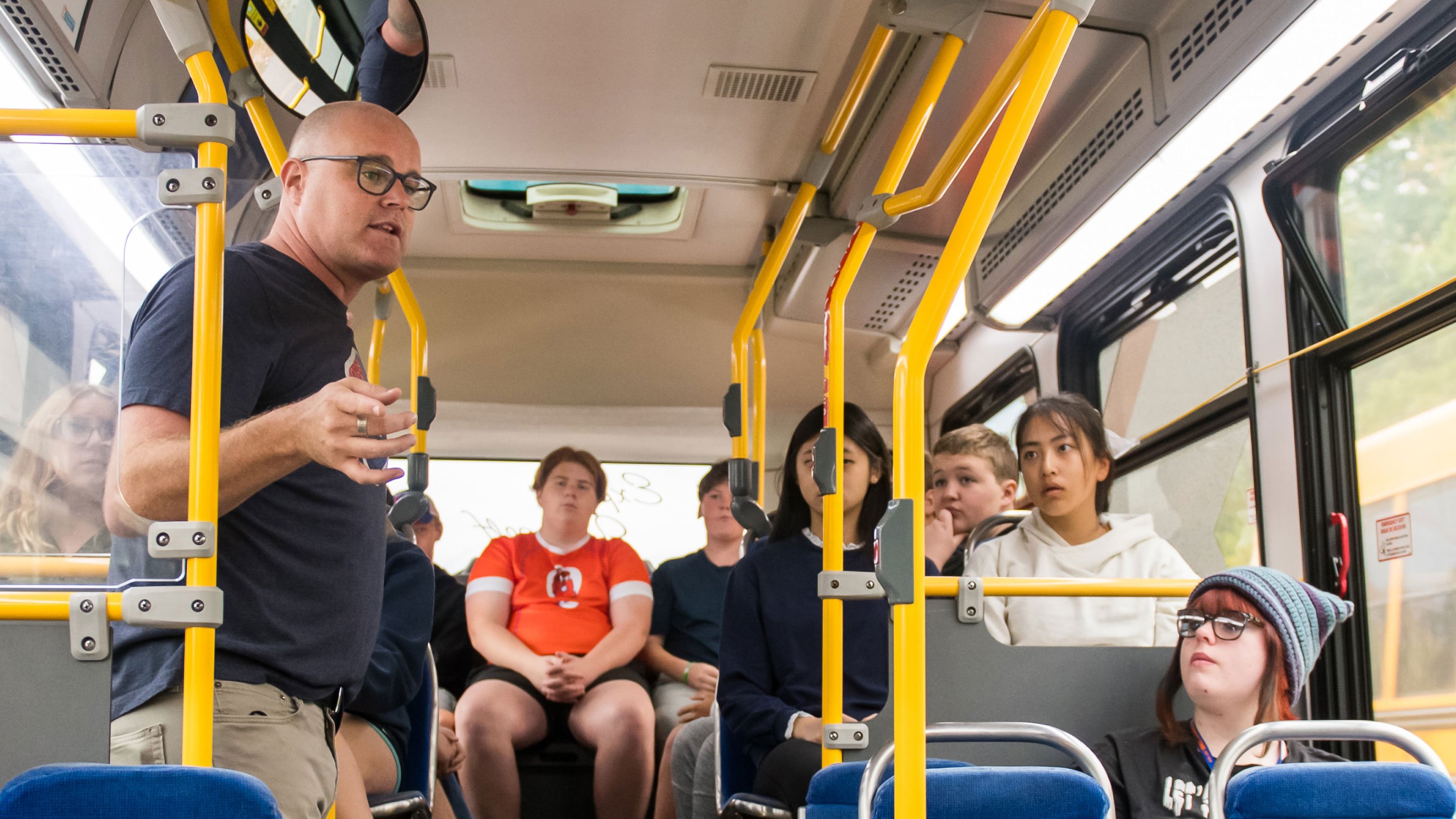The Tamarack Institute is a registered Canadian charity dedicated to ending poverty in all its forms, for good. We support real people and invest in real communities for long-term change.
Written by Laura Schnurr (Tamarack Institute), Olivia Dymek (Climate Caucus), Hannah Muhajarine (Climate Reality Project Canada), Devanshi Kukadia (Clean Air Partnership), and Cameron Esler (David Suzuki Foundation)
Many Canadian municipalities have set ambitious climate targets supported by strong climate plans. However, according to a May 2024 report by the Federation of Canadian Municipalities, ICLEI Canada, and University of Waterloo, only 13% of 256 municipalities reported making progress towards achieving their corporate emissions targets, while only 6.6% reported making progress towards their community emissions targets.
Four-Part Webinar Series on Different Barriers
The Tamarack Institute, Clean Air Partnership, Climate Caucus, and Climate Reality Canada co-hosted this webinar series to explore why municipalities struggle to translate their plans into measurable outcomes. It was organized into four sessions, each addressing a different set of barriers municipalities may face in the implementation phase: social, technical, institutional and political, and financial.
The series created a platform for amplifying strategies, tools, and best practices from people working in communities across the country.
You can access the takeaway document with links to important resources here, and the recordings of each session here.
Key Learnings
Read on for four key case studies relating to each theme, along with one solution which emerged as a cross-cutting strategy.
Social Barriers
Denise Withers (Communications Specialist) noted that it’s important to avoid becoming overly fixated on selling climate solutions themselves – rather, focus on selling the vision of what climate solutions will help achieve.
She applied this principle during her time working with the municipality of Sooke, BC, on public engagement around their climate plan. During public engagement with community members, Withers and her team looked for overlap between what respondents valued about living in Sooke and areas where they wished for improvement, and climate action. They built a strong narrative into the final climate plan, utilizing the structure of a “Change Story Roadmap.”
The result was that municipal staff and community members alike felt connected to a shared vision for their community, motivating voluntary action from different municipal departments as well as the launch of a new community climate non-profit.
Technical Barriers
Technical challenges associated with climate mitigation and adaptation can seem abstract and overwhelming to anyone who is not a subject matter expert. Meaghan Eastwood at the Region of Waterloo recommended using simple models and visualizations to better communicate technical information and make technical challenges actionable.
Meaghan shared a project developed during her time at Toronto Region Conservation Authority when her team took on the challenge of addressing extreme heat using a spatial analysis tool.
Building a GIS map of the region with areas scored on a vulnerability index enabled the conservation authority to understand the problem and prioritize interventions, as well as communicate with city council and ultimately secure federal tree-planting funds.
Institutional and Political Barriers
In 2023, staff at the City of Halifax were faced with a lack of uptake on climate action across the organization. Digging further into the reasons behind this revealed an over-prioritization of operations, a lack of understanding on how to take action, and an overabundance of priorities.
Natasha Winters shared the city’s new governance model that it developed to coordinate climate action across departments. Seven working groups bring together staff across the organization whose roles relate to the seven key areas in the climate plan.
These groups are overseen by an executive team and the CAO, and supported from below by an informal network of individuals from which ideas can flow up to the working groups.
Financial Barriers
Climate levies are a financial tool being adopted by more and more municipalities across Canada to raise money earmarked for climate action. James Byrne shared the story of the City of Peterborough’s journey towards adopting a climate levy.
In 2020, a city councillor put forward a motion to create the climate change reserve. Supported through resident delegations and the greater context of the Australian wildfires, the motion proposed the creation of a 0.25% all-inclusive tax rate.
Projects funded through the reserve carry a requirement to report to council, and reserve projects are highlighted in each annual budget book. This helps communicate the action the city is taking on climate to residents.
Among many other projects, the reserve provided funds for the development of the Better Homes Peterborough program, a residential energy efficiency program.
Communications Strategies to Tackle Social, Institutional, and Technical Barriers
Beyond the examples shared above, the concept of “trusted messengers” emerged as a recurring theme. While often understood as a communication strategy, trusted messengers can be deployed to tackle a range of different challenges.
The Value of Diversity
Amber Bennett (Re.Climate) emphasized the importance of supporting diverse voices on climate to overcome social barriers to implementation. Health professionals are among the most highly trusted messengers by the Canadian public, along with subject matter experts.
The Trusted Messenger Approach
Julius Lindsay (David Suzuki Foundation) and Brian Montgomery (City of Maple Ridge) described using a form of the trusted messenger approach within municipal governments. Identifying allies in other departments who can serve as a respected voice to communicate climate initiatives to their colleagues and translate climate goals into language that resonates with their team – for example, infrastructure risk mitigation – is crucial for enabling a whole-of-government approach to climate action.
Sharing Stories from Real People in Accessible Language
Finally, early adopters of clean technologies can also serve as trusted messengers, as demonstrated by the Region of Waterloo which included a profile in their corporate newsletter of an employee who had recently transitioned from a natural gas furnace to a heat pump.
Sharing real-life stories from everyday people in non-technical language can help demonstrate that these technologies are realistic, practical, and already being adopted.
Looking to Solutions
Although our series was structured around the theme of “barriers,” its content primarily highlighted solutions – and we hope the insights, resources, and experiences shared by our speakers (of which this blog captures only a fraction) can be leveraged by others tackling similar challenges across Canada.
Elected officials, staff, community partners, and residents all have a role to play in leading their communities not just towards meeting emissions targets but also building healthier and more affordable communities along the way.




